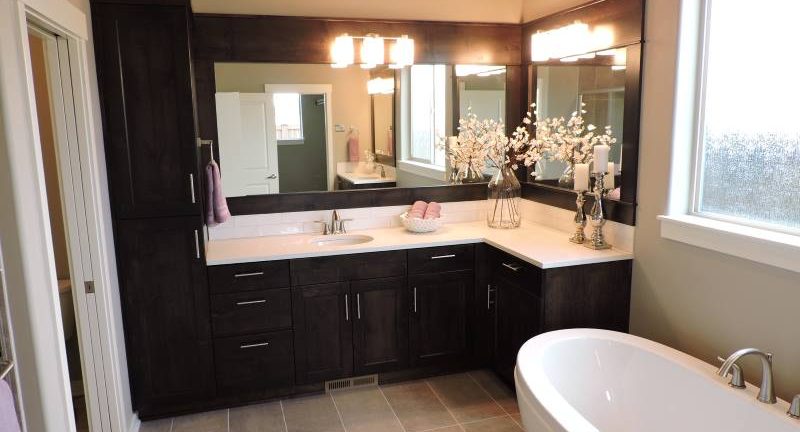Benefits of Using Real Wood Veneer for Kitchen Cabinet Refinishing
One of the many functional usages for timber veneer is refacing vanity and kitchen cabinets. This is a fantastic alternative to a complete closet substitute. Refinished existing cupboards with genuine wood veneer is cheaper than changing closets. The procedure is simple to do, and the results are just as incredible as a complete kitchen area replacement. Redecorating is less turbulent to everyday life as your kitchen/bath can be practical during this procedure versus a total kitchen area demolition and substitute. The range of real timber veneers is unlimited. The actual appeal of timber veneer remains in the vast array of shades from light to dark to every little thing in between. The appearance of the timber grain, whether flat cut, break cut, quarter cut, or rustic planked can influence the overall look and feel of any type of kitchen or bath. Redecorating kitchen cabinets with timber veneer is perfect for both very easy modernization or striking declaration making looks.
Just How to Redecorate Kitchen Cabinets
Most DIY enthusiasts can do cabinet refinishing or refacing using a couple of easy steps. These actions, when adhered to, will help anyone achieve specialist results. For every little thing needed in a refacing task, include veneer, side banding, and tools, look into our Cabinet Refacing Kits.
Prepare your cabinets. Remove cabinet doors and hinges, saving all equipment if you intend to reuse it. Next off, remove trim moldings or wall moldings. Eliminate drawer boxes and allotted for later use. Lightly hand sand all surfaces for the veneered finish.
Veneer any type of subjected end panels. End panels ought to be done first. Step the cabinet end for approximate dimension, cut, and dry fit with protective paperback still on the adhesive side. Once you are happy with the fit, peel off protective launch paper from the back of the veneer and install it.
Veneer inside sides. Utilizing iron-on edge banding, begin veneering the within edges of the closet door and also cabinet openings. In the cabinet openings, you can skip doing the leading inside sides and only do the bottom and 2 sides. This is because you will probably never see the within edge above a drawer unless you are looking for it. Cut excess veneer purge to the leading edge of the closet.
Veneer rails and stiles.
The rails and stiles of a face framework cabinet are the front surface areas of your cabinets, typically 1 1/2″ broad with wood grain running vertical and also straight. You will cut large veneer strips to fit these. Use the stiles (vertical sides) initially, leaving the pieces oversized. Apple the rails (horizontal strips) following.
Trim rails and also stiles.
Cut purge the excess veneer now overlapping the rails and also stiles. Make use of sharp energy or razor knife and also a straight side for this step. Start by trimming the stiles and do the rails second. This is where you need to follow directions a little closer to get wonderful outcomes. See our more in-depth directions for even more understanding.
Prepare cupboards for completion.
Our veneer is “store fined sand” but must be hand-fined sand just before applying any stain or finish. We advise hand sanding with 150 grit paper then proceeding to 180 grit paper for final sanding. We can use discolorations or clear coat surfaces. Always follow the producer’s directions for the certain surfaces you are using. We suggest waiting 24-hour after setting up veneers before applying any discolorations or surfaces.
Closet Refinishing Made Easy
Redecorating kitchen cabinets is something most DIY enthusiasts can suuccessfully do. They can use flexible paperbacked veneer with contact concrete adhesive, yet PSA veneer (peel and stick) is much better for saving time and also getting rid of the mess associated with using adhesives. Easy devices are all that’s required for veneer applications. A good sharp utility blade or disposable razor blade will puncture wood veneer.
A straight side will support straight cuts. When reducing veneer, it is best to cut on the face side and rating with a knife 2 or 3 times before cutting through. This will generate the cleanest cut with no wood grain tear-out., for correct adhesion, use a veneer scraper or soft timber block to smooth and burnish the veneer down. Use plenty of pressure with these tools to guarantee a good bond. Sides of reduced veneer can be sharp so light fining sand on the edges will get rid of the opportunity of timber grain to snag on something and also trigger tear-out.

